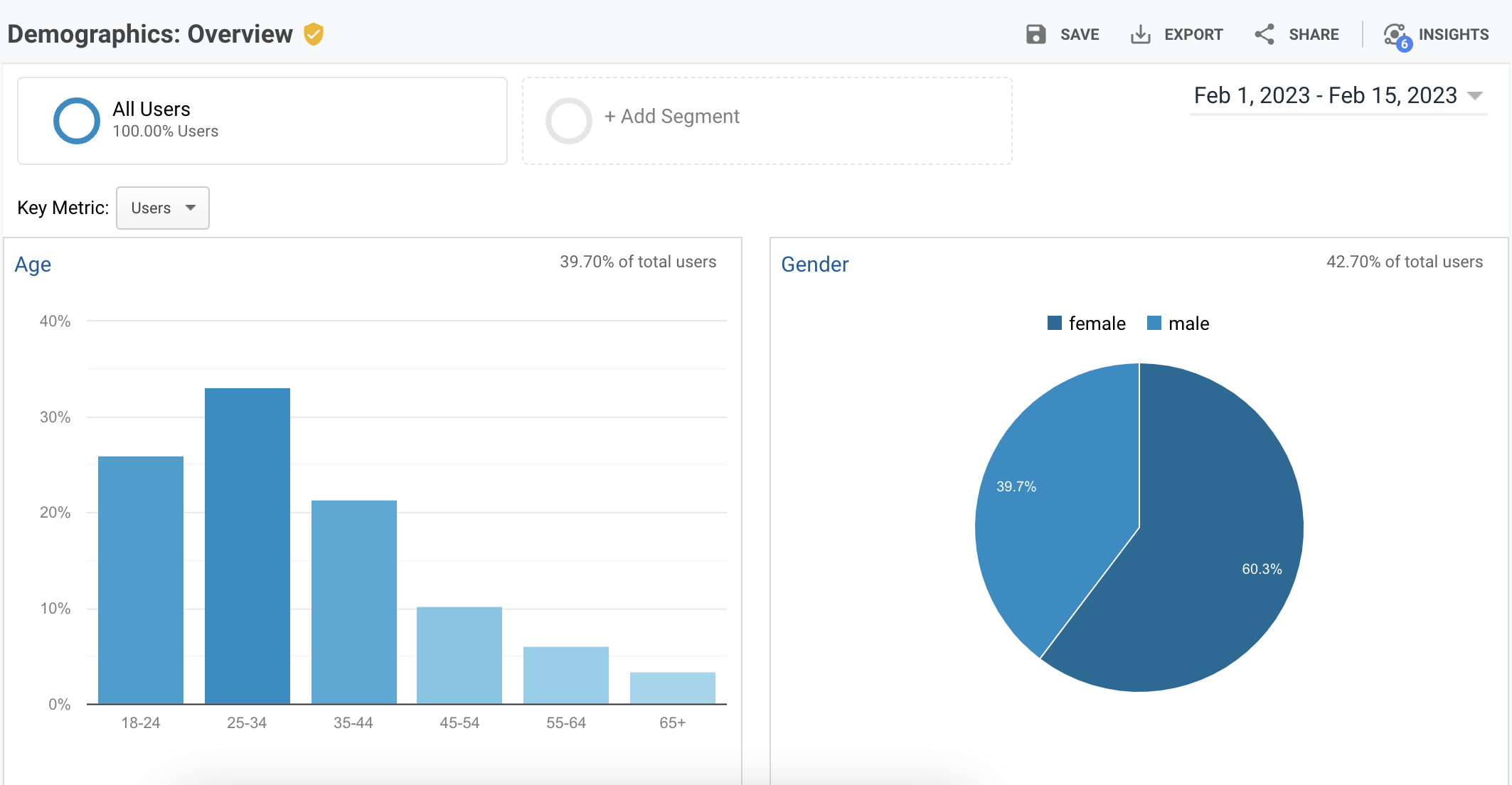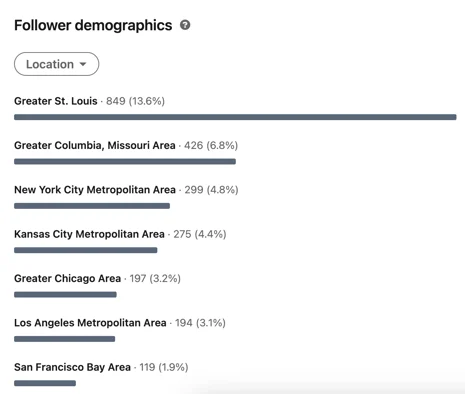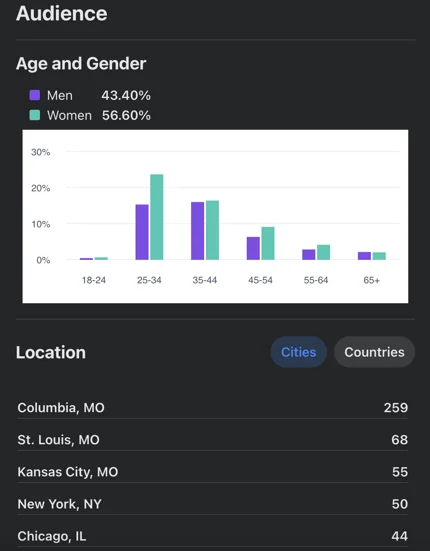
How to Define a Target Audience That’s Not Too Broad or Too Niche
How to Define a Target Audience That’s Not Too Broad or Too Niche
Kelsey Raymond, COO • Intero Digital • March 15, 2023

Not long ago, HubSpot released its 2023 marketing strategy and trends report. Among the report’s highlights were predictions for a rise in video content, influencer marketing, and owned media SEO. Yet one statistic nestled among the others stood out: The top challenge marketers expect to face this year is generating traffic and leads.
Why did this figure catch our content marketing agency’s attention? Without prospects, everything else is relatively meaningless. In other words, it doesn’t matter that you’re putting out amazing content if it’s not going to actually be seen or valued by anyone. That’s why it’s so critical to take time and learn how to define your target audience.
'Who Is My Target Audience?'
A target audience is the group of people you’re trying to reach with your content. Generally speaking, your target audience is reflective of your ideal customers based on their behaviors, interests, demographics, and other traits. For instance, let’s say you’re a marketing agency. Your target audience might be marketing decision makers working at B2B companies with $50 million – $100 million in annual revenue.
Learning how to define your target audience couldn’t be more important. Quite honestly, the success of your marketing strategy depends on it. Think of it this way: If you’re tossing darts at the wrong dartboard and getting a bull’s-eye every time, you’re still not going to win.
But here’s the issue: Defining your target audience isn’t as straightforward as it might seem at first blush. If you’ve watched an episode of “Shark Tank,” you know that far too many smart entrepreneurs and business leaders have trouble pinpointing their ideal customer base. Frequently, a contestant will try to say that an idea appeals to “everyone.” But that’s just not realistic — or good marketing.
Homing in on Your Specific Target Audience
Instead of trying to appeal to all, you need to target an audience that’s not too broad or too niche. Go too broad and you risk casting a net of content that doesn’t resonate with anyone. Go too narrow and you could miss out on attracting great clients who don’t necessarily check every single box perfectly.
Pretend you’re a company that’s targeting marketers. A too-broad audience might be “marketers at large tech companies.” Alternatively, a too-niche audience might be “mid-Missouri-based Millennial content marketing managers who work at wearable device companies worth $50 million – $55 million in annual revenue and like to run every morning.” It’s your job to find the sweet spot between these two audiences. It might look something like this: “Mid-level marketing managers at wearable tech companies worth $50 million – $100 million.”
Although keeping your target audience between appropriate guardrails can seem tricky, it’s doable. Start by taking the following steps. They’ll help you learn more about who you should appeal to with the content you publish.
1. Examine your current client base.
Take a few moments and jot down a list of your best clients. These are the ones who work collaboratively with you and your colleagues, understand the importance of your services, hold up their end of your relationship bargain, and acknowledge the positive results of your services. It probably won’t take too long to come up with your top 10% – 20% of clients.
With your list in hand, jot down specific characteristics about each client. The characteristics could be anything from the industry the clients are in to the number of employees they have. It’s OK to go a little into the weeds with this exercise. A good way to make it simpler is to do everything in a spreadsheet so it’s all in one place, easily editable, and searchable.
Now, look for overlapping characteristics between all or most of your best clientele. Do the majority come from one part of the country? Are they similarly sized? Finding similarities will help you lay out more specific target audiences.
2. Dive into your website and social media analytics.
Data is going to be your friend when it comes to understanding how to create audience personas for your company. Begin by looking at who’s coming to your website to learn about your business and engage with your content.
Google Analytics is a great tool for this exercise because you can find out so much about the age, location, gender, language, etc., of your visitors. Take a quick look at the screenshot below to see an example of age and gender data pulled from a Google Analytics report.

In addition to your website analytics, check out your social media analytics, too. Assessing the audience that’s interacting with your team on social media can be illuminating. With this data, you’ll learn everything from what types of posts seem to be most appealing to which days are netting the most engagement.
The following screenshots break down LinkedIn follower location and Facebook follower age, gender, and location.


Remember that you might have several target audience buckets. Just be sure those buckets aren’t too big or too small. That way, you can be sure your content and marketing campaigns will be more effective because they’ll appeal to the people who are most likely to become clients.
